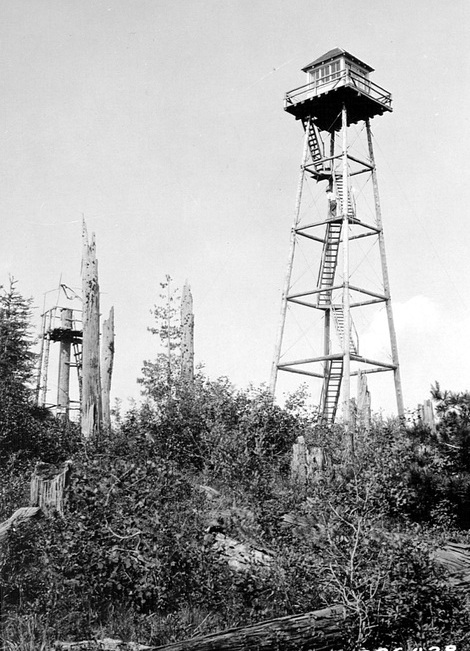
Lookout Elevation: 4,865 feet
County: Kootenai County
This site is now tree covered so the views are gone. I gained access by hiking from Canfield Mountain several miles to the west. There are much closer access roads but I do not know them.
Lookout History:
Around 1920, a a crows nest observation platform was used.
From 1928-1931, a 60-foot pole tower with a 7x7 foot cab was constructed.
In 1931, there may also have been a log cabin with cupola living quarters.
There were also patrol points 1.5 miles southwest atop Treasure Mountain and 1.5 miles east along the ridgetop.
In 1950, the tower was removed or destroyed.
October 5, 1928, an inspection memorandum said the following:
Tuesday, in company with Ranger Kremis, we rode to Huckleberry Lookout where Roche and several temporary men were constructing a 60-foot tower. The tower was all framed ready to set up. This seems to me to be the most satisfactory type of tower to build, where such towers are necessary. Roche secured a series of pictures of the actual raising of the tower, and promised to furnish this office with a set of the pictures and a memorandum covering the method used by him. This tower was ordinarily designed to be 48 feet, but after construction started Roche decided to make it 60 feet, mostly because of good timbers of that length could be secured. Why 60 feet or 30 feet was advisable for this point was not made clear to me. From the present lookout tree or tower, about 25 feet high, four other lookout points show up prominently and apparently cover the area around the Huckleberry Lookout. I would like to see a seen and unseen area map for the area covered by Spades, Monument, Copper, Sticker, and Huckleberry which would show clearly the unseen areas which are covered by the 60-foot tower which are not already covered by at least one other lookout. I have a feeling, and it is purely a hunch, that a cupola house or possibly a 20-foot tower would prove as effective as the 60-foot tower. It has always been my understanding that towers were necessary in two types of country, viz., flat areas with no prominent ridges or points, and a country of broad, low ridges and heavy timber. The sky line surrounding this point did not strike me as coming in either class. The improvements on this point will cost $1500 or more. The Spades tower, 50 feet, cost $998, and the Spyglass tower, 50 feet, $1084. In addition there is the cost of the cabin for living quarters at the foot of the tower which will be at least $500 more. The same amount of money will develop three points with structures following plans L2 or L4. Would there not be something in favor of an arrangement to break up some of the present two and three-man points, and occupying more one-man stations, reducing hour control considerably as well as securing a greater number occupied lookout point? I do not want anyone to get the idea that I am opposed to towers in general. I am not, but personally I would certainly be sure that all of the points enumerated above and a number of others had been carefully considered before I attempted much tower construction. The argument that the lookouts efficiency is materially increased because he is 60 feet in the air instead of only 8 or 10, and will consequently have less forms of distraction to deal with, will not hold water, in my judgment. Mr. Roche is to be congratulated on having worked out a most satisfactory design and efficient method of erecting these towers. Detailed plans and bills of material in accordance therewith should be prepared by this office.
WillhiteWeb.com
Huckleberry Mountain Lookout Site
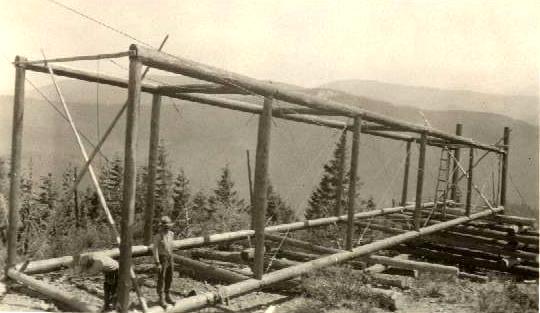
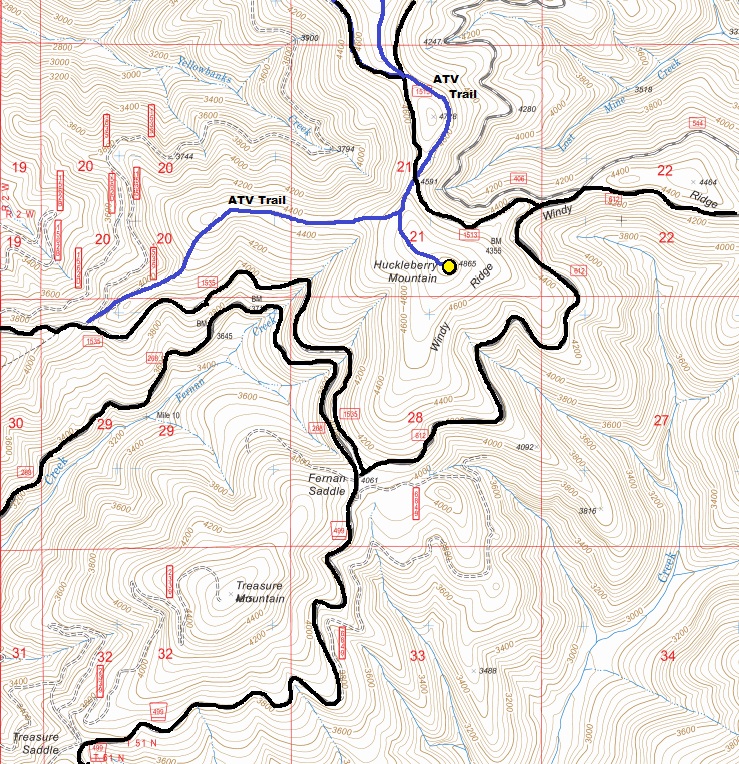
1928-huckleberry by C.K. Mcharg
1928 tower under construction
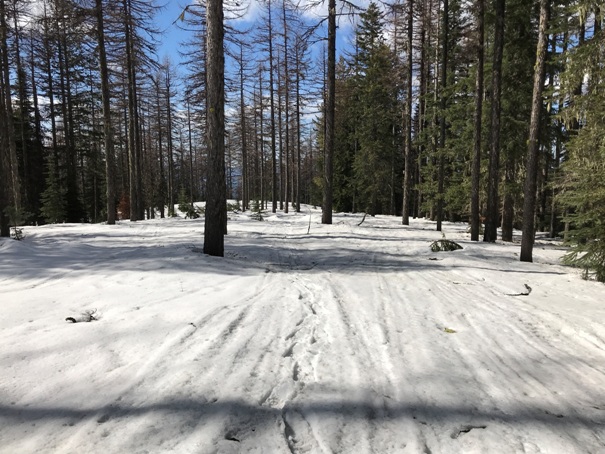
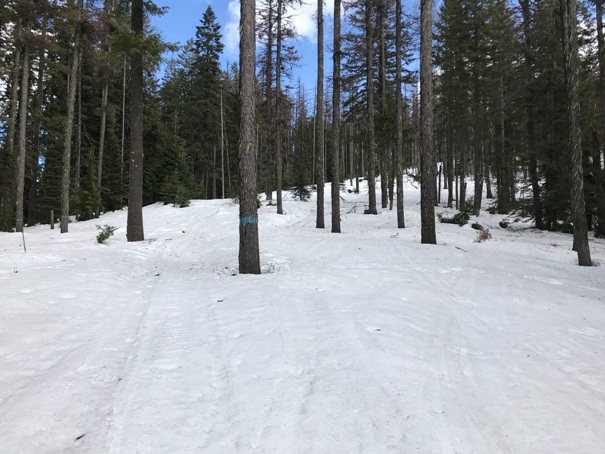
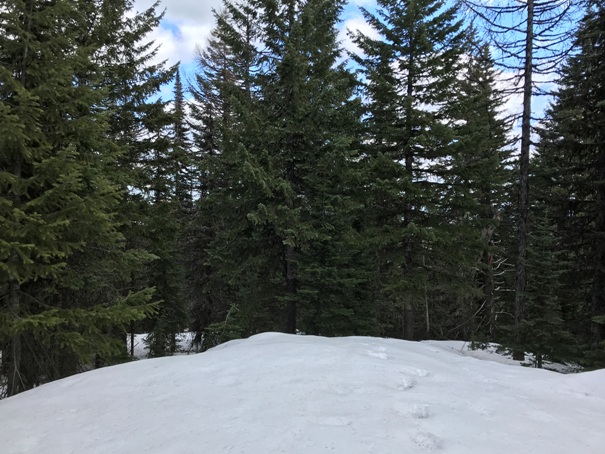
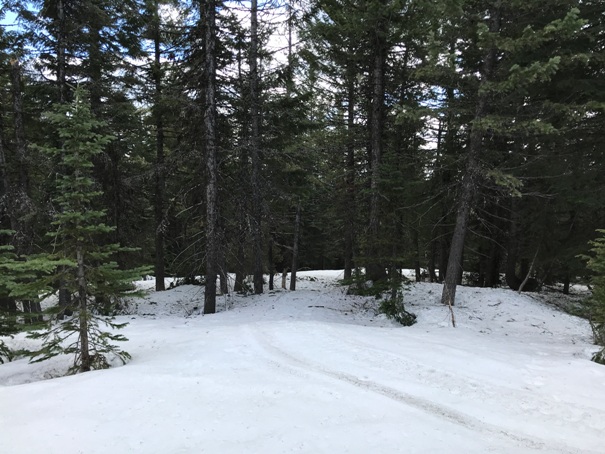
Summit of Huckleberry Mountain
Hiking up to the summit
Hiking up to the summit
Summit of Huckleberry Mountain






